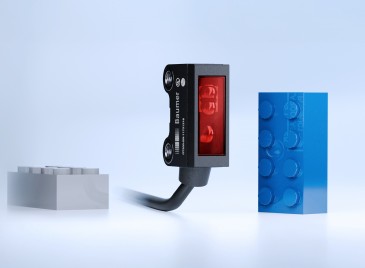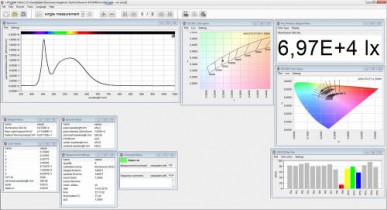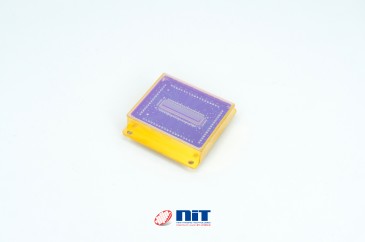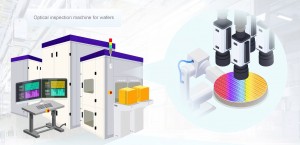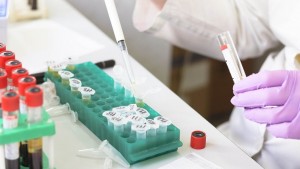
In the edition of 4 April of the “Informe Semanal”, weekly in-depth news show of the RTVE (a Spanish broadcasting network), Prof. Laura Lechuga presented CoNVaT, the European funded project that she leads, which aims at the development of a fast, cheap and handy test device for the diagnosis of the COVID-19.
Prof. Laura Lechuga is the leader of the ICN2 NanoBiosensors and Bioanalytical Applications group at the Catalan Institute of Nanoscience and Nanotechnology in Spain. The CoNVaT project is funded by the European Union through a special COVID-19 call. As Prof. Lechuga (CSIC) explained, her group is working on developing a new system for the diagnosis of the COVID-19, which would be much faster, cheap and easy to perform than the current polymerase chain reaction (PRC) test, which takes many hours, is expensive and can be analysed only in specialized laboratories.
The biosensor platform, based on optical nanotechnology, that Prof. Lechuga’s team is developing, will also allow monitoring the evolution of coronaviruses in animals so as to predict and possibly prevent new outbreaks and future pandemics. As highlighted by Prof. Lechuga in the interview, this unfortunate situation should teach people and governments to listen more to scientists and their warnings.
The project has a duration of two years, however, since it is based on previous know-how, results are expected to be produced in less than a year. CONVAT will provide a new device based on optical biosensor nanotechnology that will allow the detection of coronavirus in about 30 minutes, directly from the patient's sample and without the need for testing in centralized clinical laboratories. This new technology could also quickly identify whether it is a common coronavirus or flu infection. The project indeed aims to extend beyond the current pandemic and the human diagnosis. The new biosensor device will also be used for the analysis of different types of coronavirus present in reservoir animals, such as bats, in order to observe and monitor possible evolutions of these viruses and prevent future outbreaks in humans.































 Back to News
Back to News






